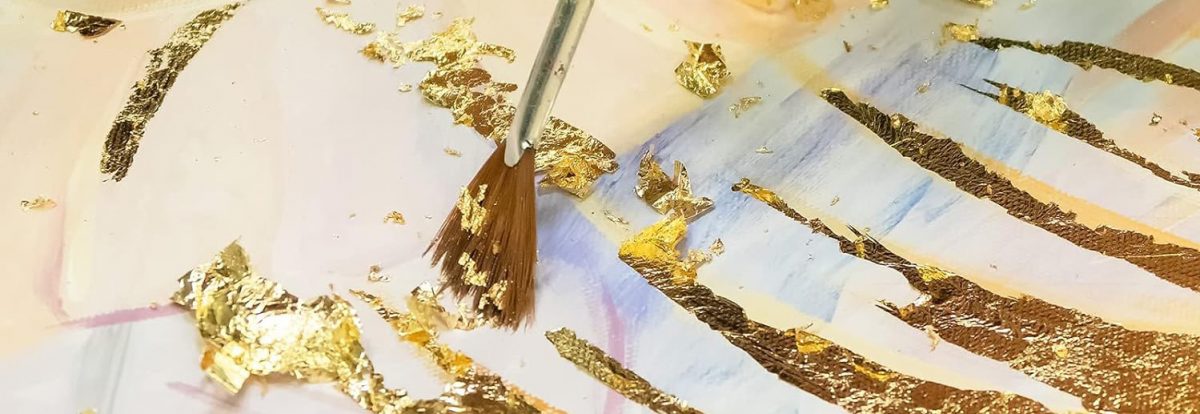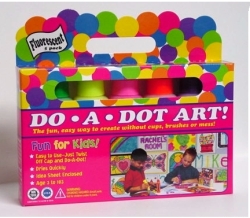How to use gold leaf
Gold leaf is a thin sheet of gold that can be applied to different surfaces to create a rich metallic finish. It can seem a little tricky if you haven’t had a play with it before but it’s actually a pretty straightforward application. Here’s how it’s done.
How to use gold leaf
- Apply gold size to your piece using a paint brush. Brush the gold size onto your surface just like you would glue or paint. Try to make your brush strokes as even as possible.
- Leave the gold size to dry until the surface has a light tack. You can test the gold size by lightly pressing your knuckle to the surface, if it feels tacky it’s good to go. Don’t test it using your fingertip or you might get your fingerprint showing through the gold leaf.
- When the size is tacky, carefully place the gold leaf on the object.
When you put the next sheet down place unsure it overlaps the previous sheet slightly. This will hopefully give you a clean join with minimal visual join. - Leave your work to dry and then using a soft paintbrush or make-up brush gently remove any excess gold leaf. If you have large pieces coming off you might like to collect these flakes to use for another project. Using this same method using gold leaf flakes rather than sheets can give you more of a warn, textured finish.
- It’s generally a good idea to varnish the piece to protect your gold leaf. You can also use shellac. It has a golden glow to it that will give you a bit of an antiqued finish.
More info
- There two main types of gold leaf. The two most common variations are real and imitation. Real leaf is high-carat gold, at least 22k, which is beaten by hand into extremely thin sheets. Imitation leaf is usually made of a combination of copper, zinc, and brass.
- Real gold and silver leaf is considered non-toxic so it can be used to decorate food or drink. If you are looking for a metallic leaf to use on an edible project please make sure the product you are using is labelled as food safe.
- Its a good idea to wear cotton gloves when handling imitation leaf to avoid it tarnishing when you touch them. Also a good idea for real gold leaf to avoid it getting stuck to the oils in your fingers.
- Gold size is most commonly used to adhere the any metallic leaf however you can use a good quality PVA glue thinned to a milky consistency. (Similar to the consistency you would use for papier-mâché)
- If you are working with an uneven surface you might prefer to use smaller pieces, you can also use a soft bristle brush to help fill tight spaces.
Looking for a metallic leaf project? Check out our gold leaf wreath.




-0 Comment-